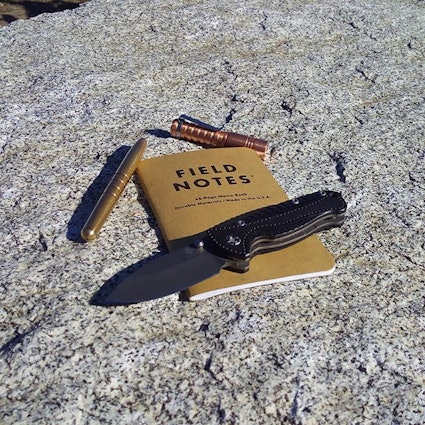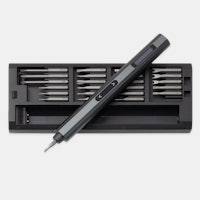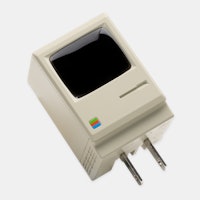Click to view our Accessibility Statement or contact us with accessibility-related questions.png?auto=format&fm=jpg&fit=fill&w=46&h=46&fill=solid&fill-color=fff&bg=fff&dpr=1&q=70)







.png?auto=format&fm=jpg&fit=fill&w=46&h=46&fill=solid&fill-color=fff&bg=fff&dpr=1&q=70)
Showing 1 of 34 conversations about:
[Ongoing] Tactical Knives Discussion
By

Drop+Blades

billc
410
Jan 9, 2019
I don’t think the word tactical has any meaning for knives. There are military fighting knives, whether issued or not (the category includes bayonets). Almost all true fighting knives are fixed blade. There are first responder tools that include such things as strap cutters and glass breakers. These kinds of “knives” fall more into the multi-tool category. And there are heavier-duty utility knives, folding or fixed, that are used for anything and everything and carried as EDCs by all kinds of people from civilians to firefighters to police to military.
So what’s “tactical” in a knife? Rapidly deployable? That’s a function of means of carry more than the knife itself.
(Edited)
Omniseed
1972
May 18, 2019
billc

(Edited)

billc
410
May 18, 2019
OmniseedA thoughtful and informative response. Thank you.
I still think it’s mostly marketing, though, even in its origin. A knife used by someone like a police officer or even a military operator is a weapon of last resort - even desperation. Close quarters, main weapon(s) lost, empty, or disabled, etc. The knife that best meets these needs is a fixed-blade fighter. All opinion only, of course, and I’m neither police nor military.
PRODUCTS YOU MAY LIKE
Trending Posts in More Community Picks

Graham88
Completely surprised by the lack of blade diversity here on Drop...
I’ve been a collector of Blades since before my teens, and a retailer coming up on 15… or maybe 20 years. Drop has really been kind of an interesting experience for me, because I do occasionally get to see some unusual tech and sometimes EDC items that otherwise I might not have been aware of. And maybe it’s because I have a deep love of cutlery and bladed weapons, but I find myself trolling through the site looking at it what’s available; and it’s just it’s pretty much the same. And the bladed community here is just always confused me.. every single knife is about the same, they’re almost all drop points and although the handle materials change and brands change.. it’s really just the same knife over and over and over again... occasionally you’ll see a tanto or a slight variant; but rarely… and almost never a serrated blade. And I’m just deeply amazed at this diversion of serrated blades. And I’m just surprised there isn’t more of a request for diversity here.... and I...
Mar 12, 2020
JellyDPhoto
Can we get Sony E-Mount or other mirrorless camera options please..
Would be nice to see some Sony E mount full frame cameras on here. I currently shoot with a A99 and they killed the lense path for better or more option lenses and now is all E-Mount. 🤔
Jan 13, 2020
RayF
There Are Pandas, and Then There Are Pandas.
And this isn't either of them! The Pandas we're talking about here, are watches, not bears. And what got me thinking about them (again) was a link posted this morning by @cm.rook who pointed a few of us to the very attractive (and not terribly priced) Yema "Rallygraph" Panda which, in it's most traditional arrangement, looks like the one on the left, but can also be had in the version on the right: The model on the left is a true Panda, while the model on the right is called a reverse Panda. The reason for that distinction is clear--Panda bears, only come in the first arrangement. Now at this point, everyone should be thinking about the most well-know Panda, The Rolex Panda, which is actually a Daytona, and among Rolex Daytonas, the most famous of which is the Paul Newman Daytona, which was famous first, because it was Paul's, and second because it sold at auction for $17.8 million (US Dollars). The story of that auction is well-known so I'll only...
Nov 8, 2019




